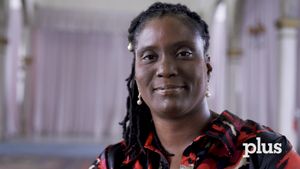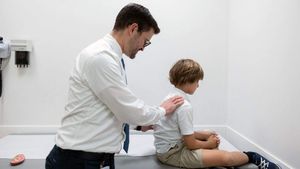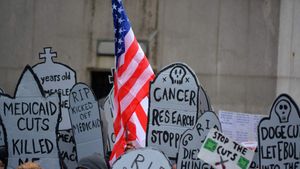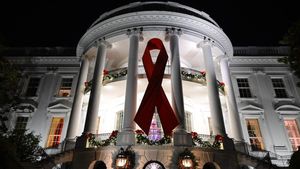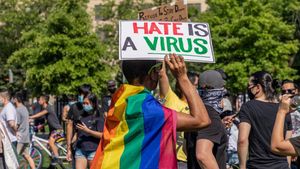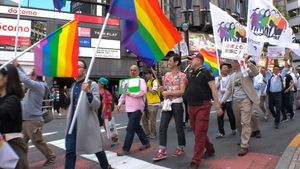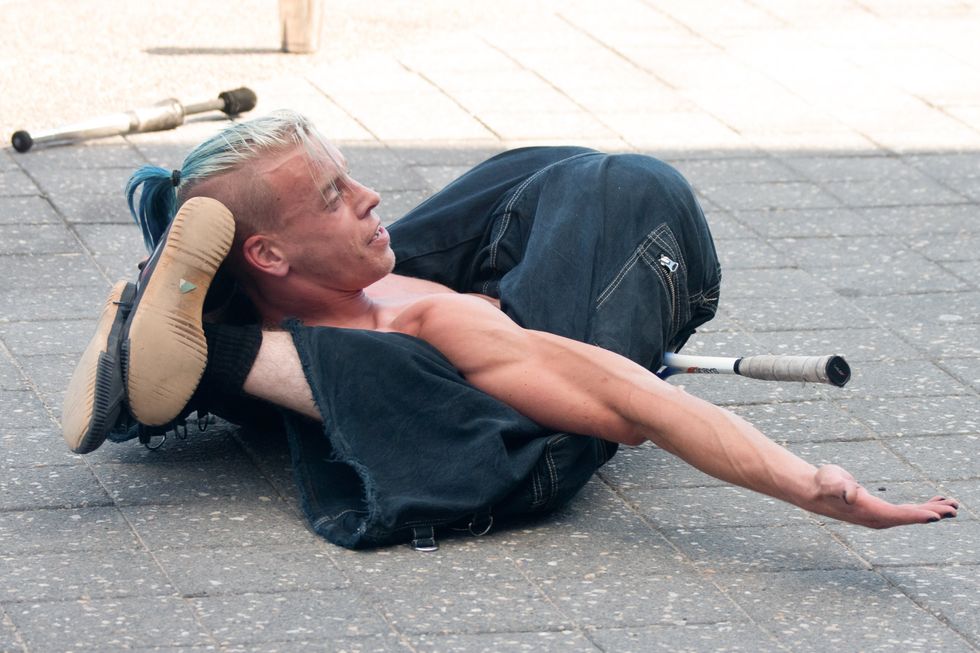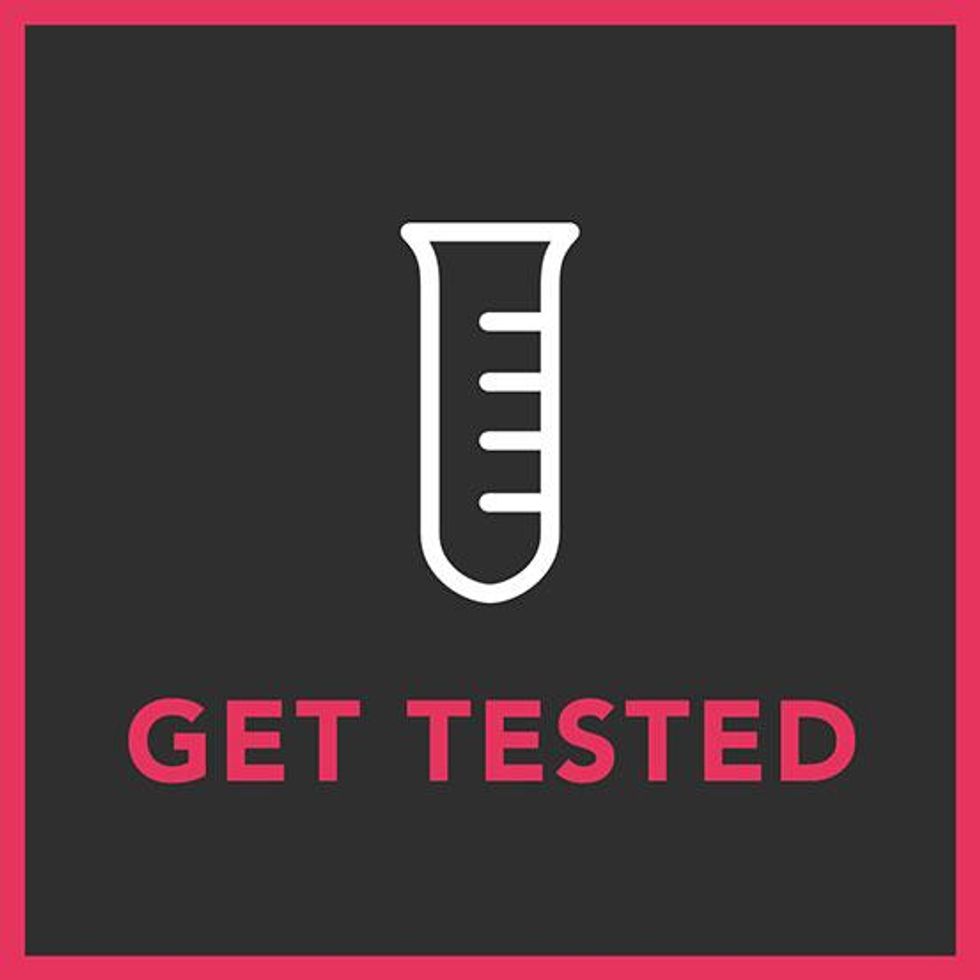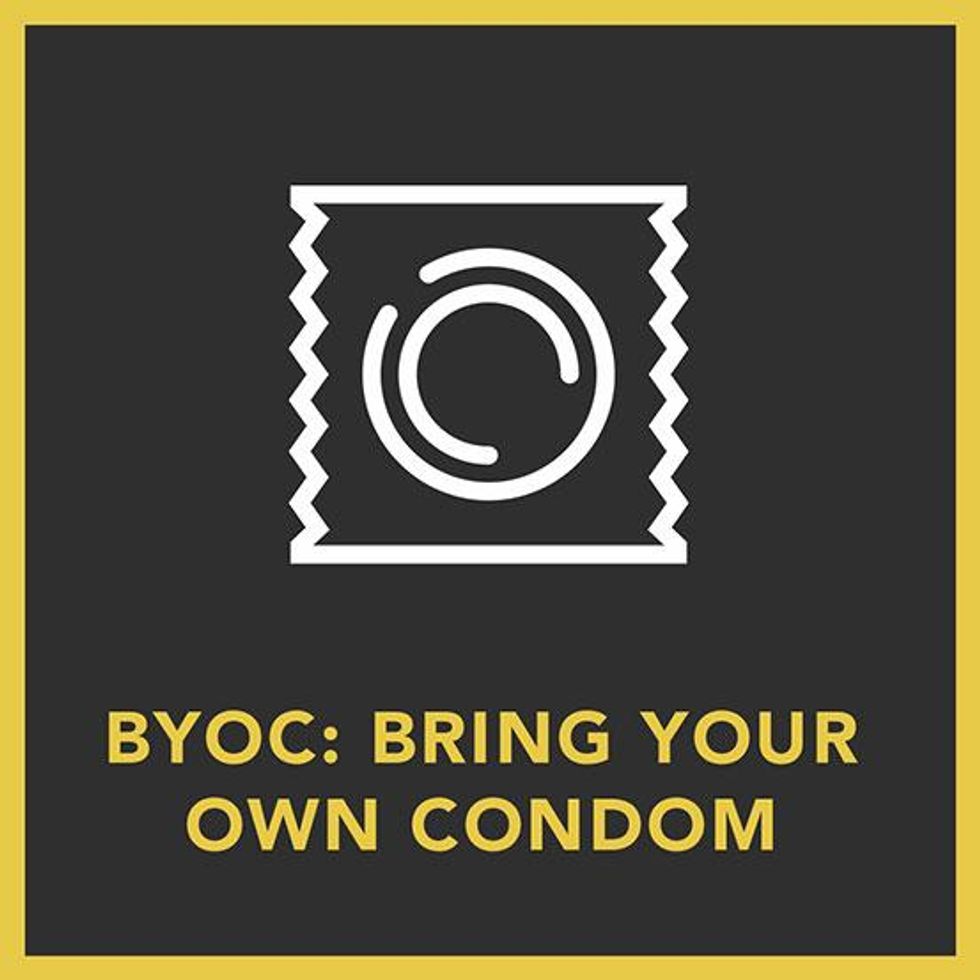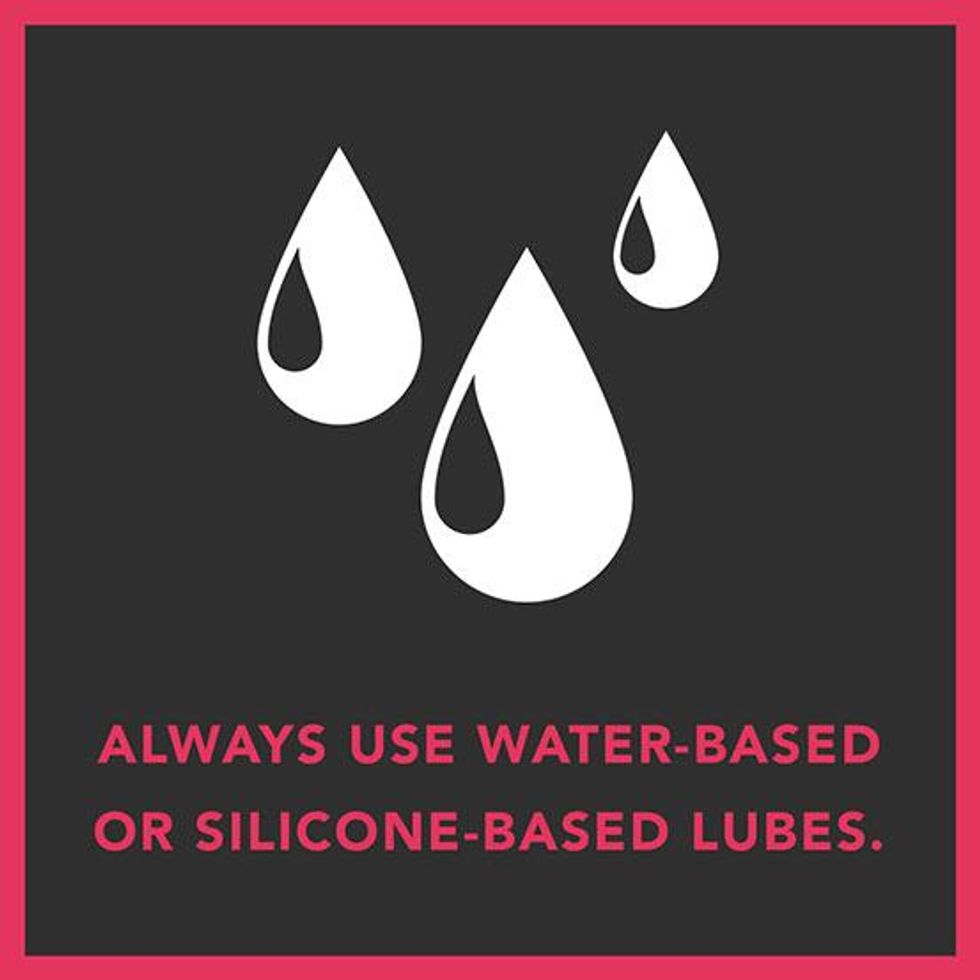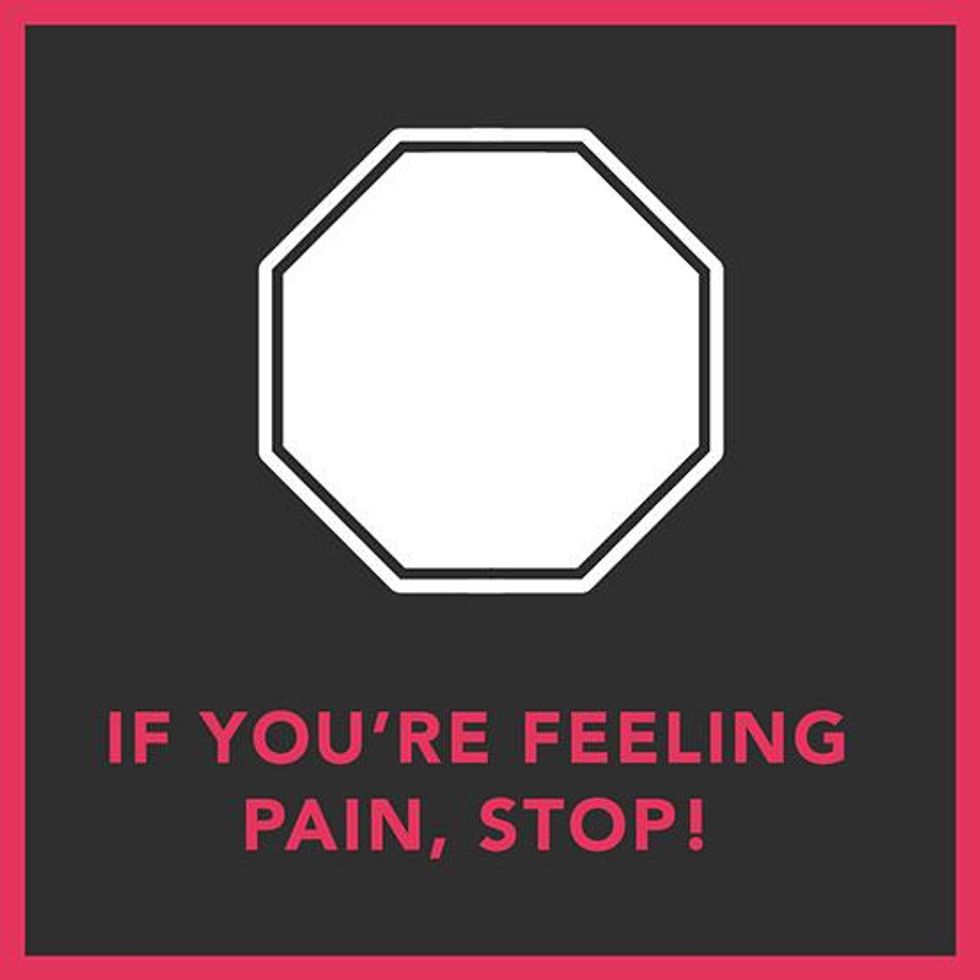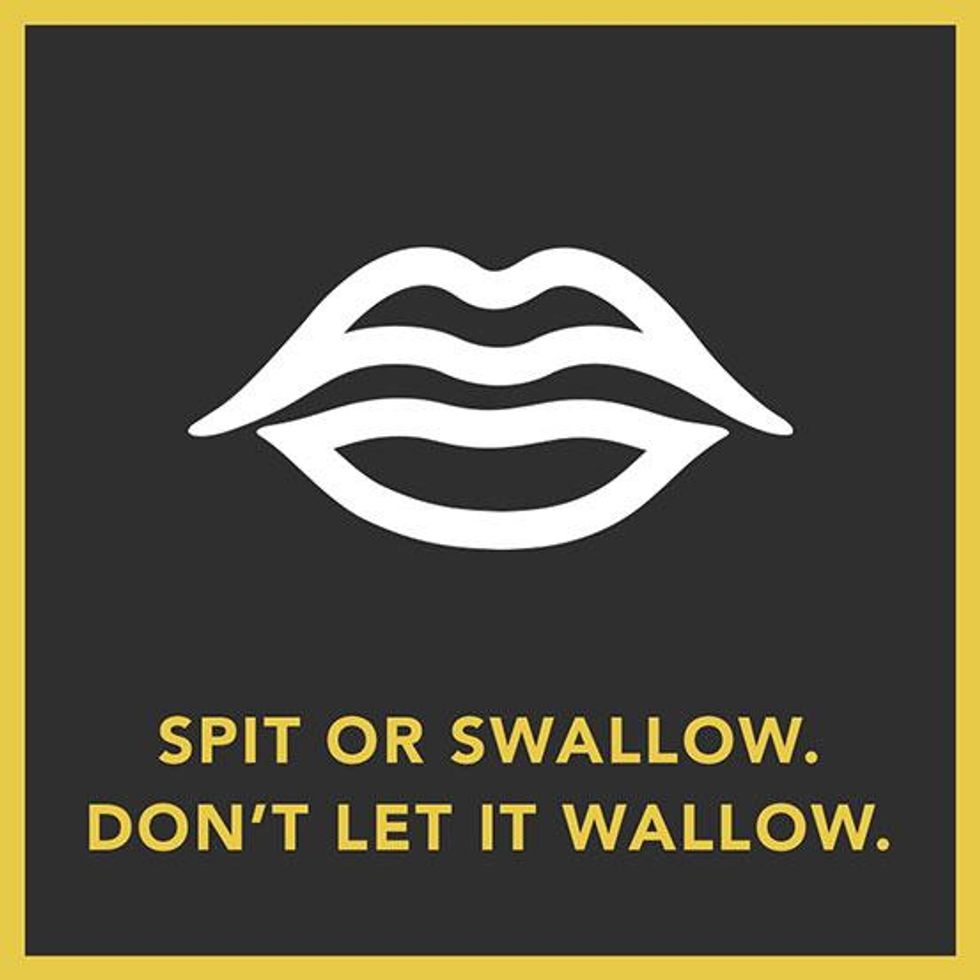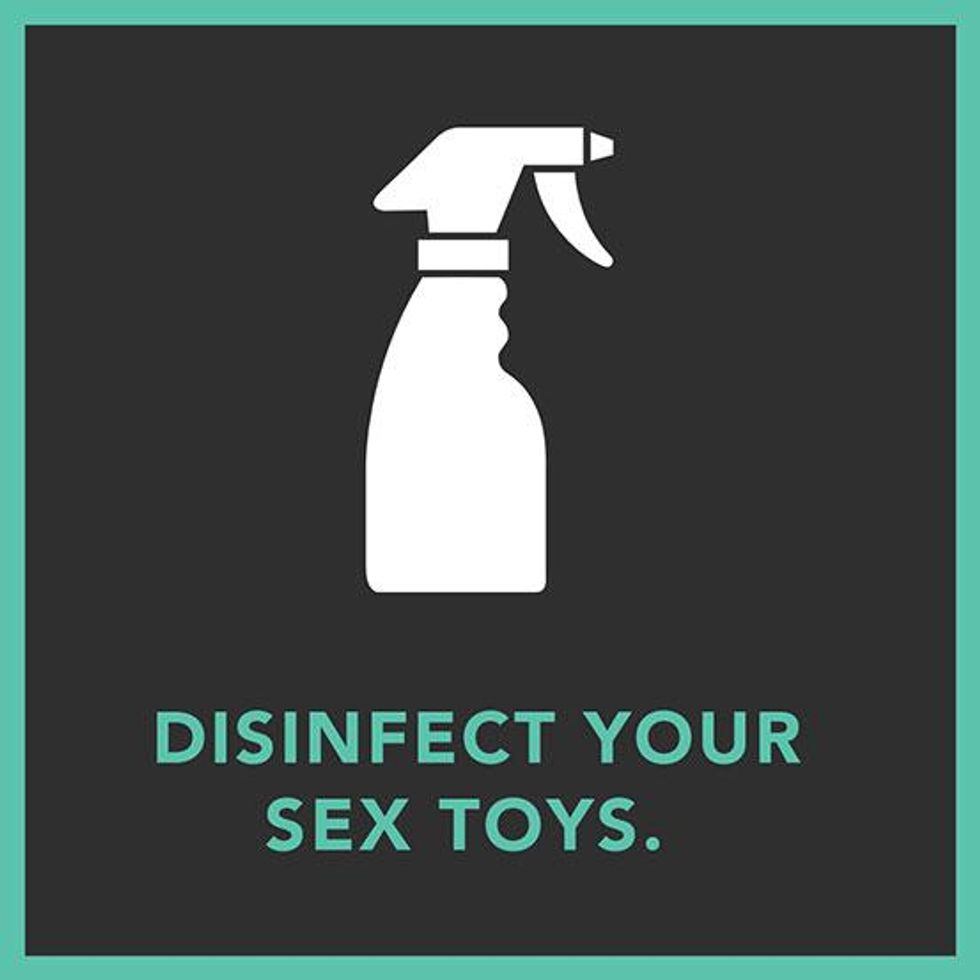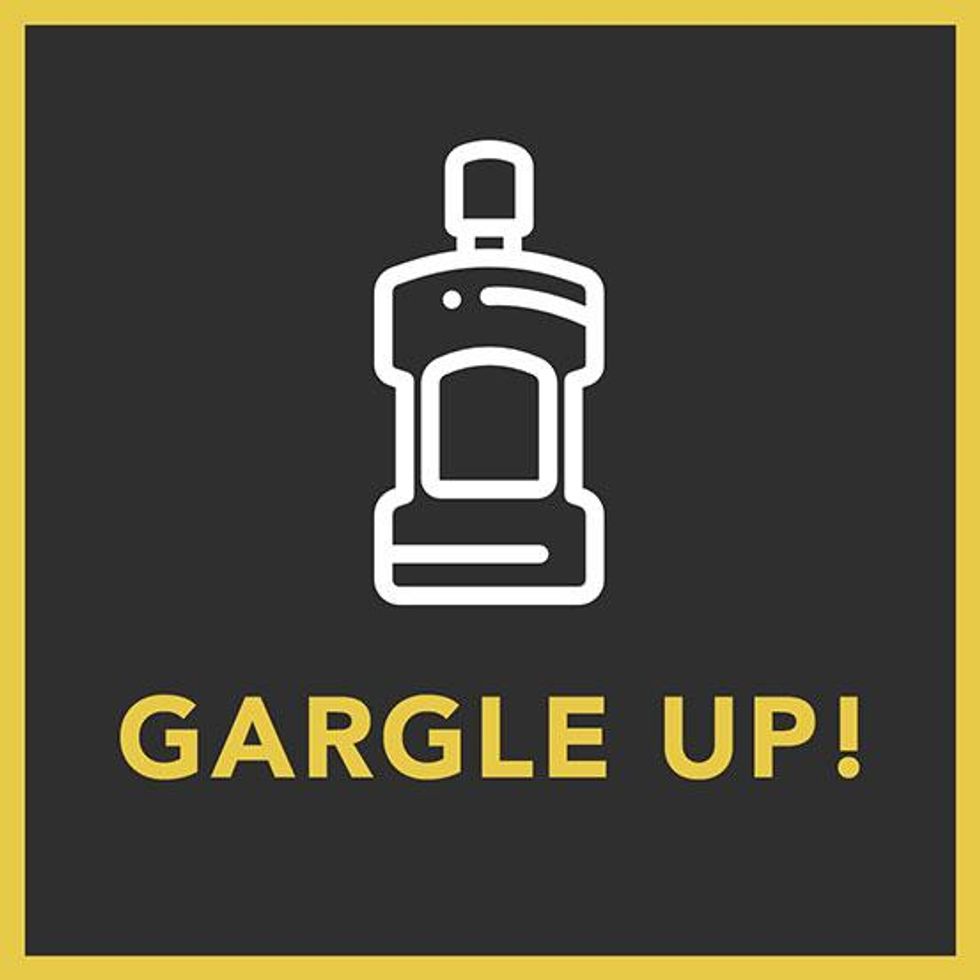This week, Howard Brown Health released its 2017 Epidemiology Report, highlighting the impact of the organization’s HIV and STI prevention efforts in Chicago and across the Midwest. The report marks a critical step toward understanding specific contributions that move us closer to achieving HIV transmission elimination in Chicago, modeling an approach that has the potential to change the course of the epidemic. If we continue to refine our PrEP delivery and outreach efforts, and most importantly, engage communities most affected, elimination of HIV transmission could be achieved in Chicago in the next 15 years.
The report estimates that in the last two years, Howard Brown averted at least 44 new HIV infections in Chicago by increasing patient access to Pre-Exposure Prophylaxis (PrEP), a critical biomedical HIV prevention tool. Our best estimate indicates that this will save $10 million in averted lifetime medical costs. These estimates are powerful.
As HIV incidence decreases city-wide, refined data collection and reporting efforts will be critical to tracking our progress. Focused treatment as prevention strategies and expanded access to PrEP among our most vulnerable communities, especially those on Chicago’s south side, could change the course of the local epidemic.
The Epidemiology Report highlights that ongoing engagement in populations of greatest need yields results. Over the last five years, Howard Brown administered an impressive 63,389 HIV tests through routine primary care testing, partner services and focused outreach. The most recent report from the Chicago Department of Public Health indicates that 973 people were diagnosed with HIV in 2014. In 2016, Howard Brown identified 139 new infections, representing approximately 15% of people newly diagnosed and linked to comprehensive HIV services. If these trends are maintained or even increased, incidence rates will continue to decline. With Howard Brown’s two new clinics in Englewood and Hyde Park, we will continue on this trajectory.
Even more hopeful, if we avert 44 new infections in the peak incidence sub-populations, we could get to HIV elimination through these efforts alone. This does not even account for the many other organizations working effectively towards this common mission. Our key goal will be ensuring that together we avert infections, not only in our racial majority white communities, but among all groups affected. As we move forward, to reach elimination of new transmission events, the same trends must be maintained in communities of color, particularly black communities, which are currently experiencing a disproportionate number of transmissions. Ongoing epidemiology reporting, with fine-tuned attention to sub-populations, will allow us to monitor progress and answer critical questions such as:
How many infections can be averted if we increase access to PrEP and decrease barriers to HIV treatment on the south side of Chicago?
What supportive services are needed to implement such biomedical prevention?
How will we fund these efforts?
Howard Brown’s Epidemiology Report suggests we should have the resources needed. HIV care is costly in the United States. The conservative $10 million in medical cost estimate from the Centers for Disease Control and Prevention, based on $225,000 savings per infection averted, represents savings otherwise spent on anti-retroviral medication and other healthcare expenses. Many estimates assessing value were based on data from earlier in the epidemic when individuals were being diagnosed at ages 40 or 50, so lifetime savings could actually be even greater. Increasingly, Howard Brown and other organizations in Chicago are diagnosing individuals at younger ages. This suggests that lifetime savings could be even greater.
For a young people ages 18 and 19 who come to Howard Brown’s 55th Street clinic accessing PrEP, the cost savings are likely far greater than $225,000. Averting two new infections could fund an entire partner services program or a social network strategy on Chicago’s south side. If savings are reinvested into HIV elimination or other strategies to address social determinants of health, we could accelerate elimination efforts even further.
Of course, with these types of models, there are always assumptions. Howard Brown’s Epidemiology Report represents the organization’s best estimates. While they cannot predict the future, models approximating infections averted and cost savings can help us set benchmarks. Over time, we can continue to refine these estimates.
If nothing else, the release of Howard Brown’s Epidemiology Report reminds us not to shy away from data collection and public reporting. While this report serves as a foundational benchmark for Howard Brown – we all benefit.
Howard Brown’s efforts are encouraging, and at a time with so much uncertainty, this is something we can all work towards. Onwards!
John Schneider, MD, MPH is the Site Medical Director at Howard Brown Health’s 55th Street clinic in Hyde Park. Dr. Schneider serves as the Associate Professor of Medicine and Epidemiology at University of Chicago and leads numerous NIH-funded research studies.




